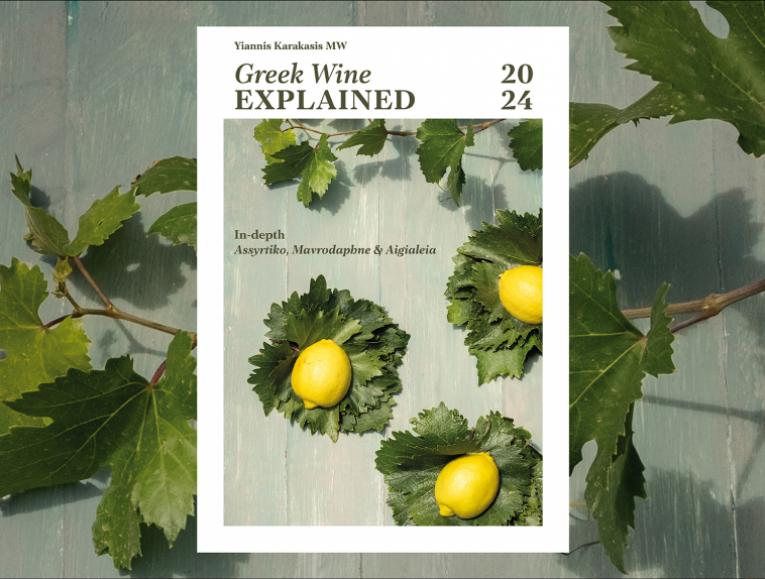Assyrtiko explained in 4 videos
In the autumn of 2018, the team of Gefseis & Oinos and I made a series of short videos on Greek varieties that last about a minute and a half. The series kicked-off with Assyrtiko; the amazing variety that has taken Greece abroad, and has paved the way for Greek wines in overseas markets. These videos are posted on my YouTube channel (You can subscribe here).
In the first part, I speak about the variety in general, its main characteristics, its flavor, where it is grown, the international varieties it could bring to mind, and the food pairings I suggest. All recounted in just 78 seconds. Please watch above for Part 1.
In the second part, I focus on the island of Santorini (102 seconds) with its unique vineyard, which has stood there for thousands of years, with some of the oldest surviving vines, the volcanic soil, the distinctive ‘basket’ training system, and, of course, Assyrtiko. Elements that constitute a profound terroir, set against the strong summer sunshine. The soil of Santorini is comprised mainly of pumice stone covering limestone and slate, and a very small amount of clay (about 2%), which is the reason for which the phylloxera insect can’t survive (more than 2,5% of clay is required for that). This means that the vines are planted on their own roots, whereas in other areas in which the variety is grown, it is usually grafted on American rootstock for protection.
Part 2: Santorini
In the third part (52 seconds), I discuss the Assyrtiko wines from other Islands; you can find a very detailed account, pertaining to this, in my recent article ‘The Rise of the Assyrtikos from the Islands’. An emergence of Assyrtiko wines from other islands has been observed, and these form a separate category, with a taste profile which is somewhere between Santorini and mainland Assyrtiko wines; these are impressive with their character. They display the tension, energy and complexity of great terroirs, in addition to the main Assyrtiko characteristics which are defined by high acidity, full body and a mineral character. The islands referred to are Crete, Tinos, Paros, Patmos, Evia and Milos.
Part 3: The Islands
And, in the last part (54 seconds), I describe the flavor profile of continental Assyrtiko wines, which is generally contrary to that of Santorini wines, although there are some exceptions (when the soils are poor, the yields are low, etc.). The range in taste profile that is exhibited by Greek varieties is truly unique globally. Few countries have such diversity. Nevertheless, more information needs to be gathered for us to have comprehensive knowledge about the varieties. This will allow producers to gain deeper understanding of the material they work with, and will thus produce more complete wines. Just an idea.
Part 4: Mainland Greece Assyrtikos



